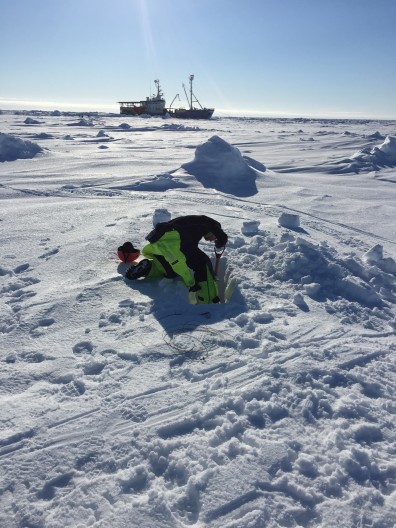New Urbanova Reference Site for Air Quality Measurements
Von P. WaldenBrian Lamb (left) and Patrick O’Keeffe install equipment at the new Urbanova Reference Site on the WSU Spokane campus. The instrumentation at this site measure various quantities that are important for air quality. The instrumentation will also be used to calibrate and validate other smart city sensors that are being deployed in the Spokane University District as part of Urbanova.


